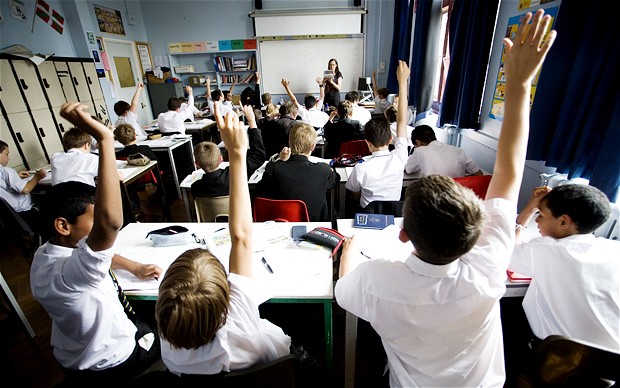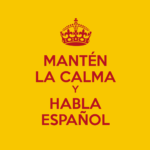State school – Mr Watson-Davis
So, What’s it Like?
When staff and pupils find out that I spent the previous 25 years teaching in State schools, this is the almost universal response. So I thought I’d put a few reflections down on paper-these views are an aggregate of my (and my colleagues) experiences across a number of schools and not a reflection on any one.
Class sizes
This is the most common question from pupils. At Years 7-9 the usual class size is 30 pupils. At GCSE this can vary with uptake for option subjects, but averages around 25 with 30 not being unusual. At Sixth Form level this also varies with take-up and timetabling, the smallest ‘A’ level class I have taught is 4, the largest was 29. The average is around 20. So most teachers will have a timetable of a number of KS3 classes, and then some examination classes. The marking loads are therefore very heavy. Classroom space is also more crowded as every desk has a pupil at it!
Marking
Most schools now have a set data trawl period-in some it is every 2-3 weeks, in others 4 weekly, in others half termly. The expectation is that all pupil work is marked/assessed and a progress mark put into a central system. So you can have hundreds of pieces of work to regularly assess in order to keep on top of the systems. Out of the data trawl will come pupils who are under achieving and these need to be mentored in some way, usually at break or lunch or after school.
Behaviour
Varies from school to school-I have seen a colleague pushed out of the way by a pupil who then put his tag on the whiteboard before storming out, worksheets torn up and thrown into a teacher’s face, and a various pieces of furniture not entirely being used for purpose as they were aerial at the time. I have also seen pupils working peacefully and co-operatively, leading lessons, and happily peer marking work and feeding back improvements to each other.
Uniform
Usually a battlefield between teachers, some pupils and a few parents as arguments rage over what exactly defines things as exotic as black shoes, length of skirt, number of ear studs, exactly what constitutes too much make up, and whether a coat conforms to school rules or not. Some schools have simplified rules-for examples all pupils must wear trousers (so girls don’t wear skirts), but arguments then rage as to which trousers are acceptable.
Food
Generally, reflects the budget available to the school kitchen. So, often is truly horrible. Added to which teachers have to pay VAT when they buy it and thus salt is added to the wound. Best avoided.
Transport
One clapped out minibus if you are lucky.















Post Comment
You must be logged in to post a comment.